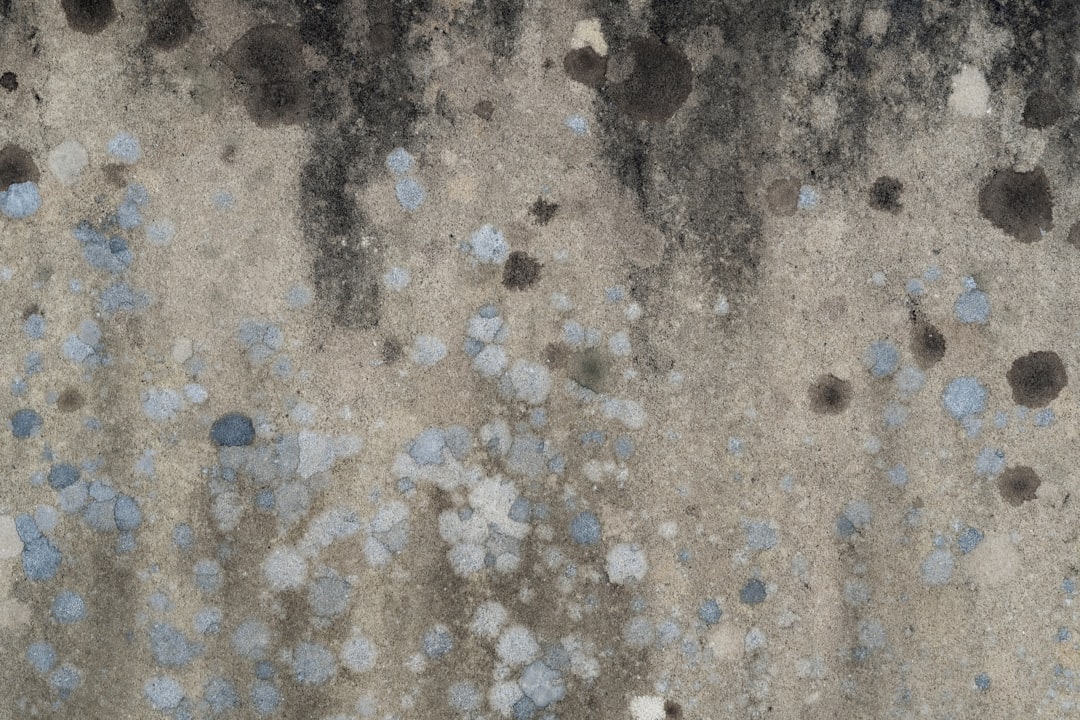This is Life as a Sacred Text, an expansive, loving, everybody-celebrating, nobody-diminished, justice-centered voyage into one of the world’s most ancient and holy books. We’re working our way through Leviticus these days. More about the project here, and to subscribe, go here.
Everyone who is born [able-bodied, and/or healthy] holds dual citizenship, i…
Keep reading with a 7-day free trial
Subscribe to Life is a Sacred Text to keep reading this post and get 7 days of free access to the full post archives.



